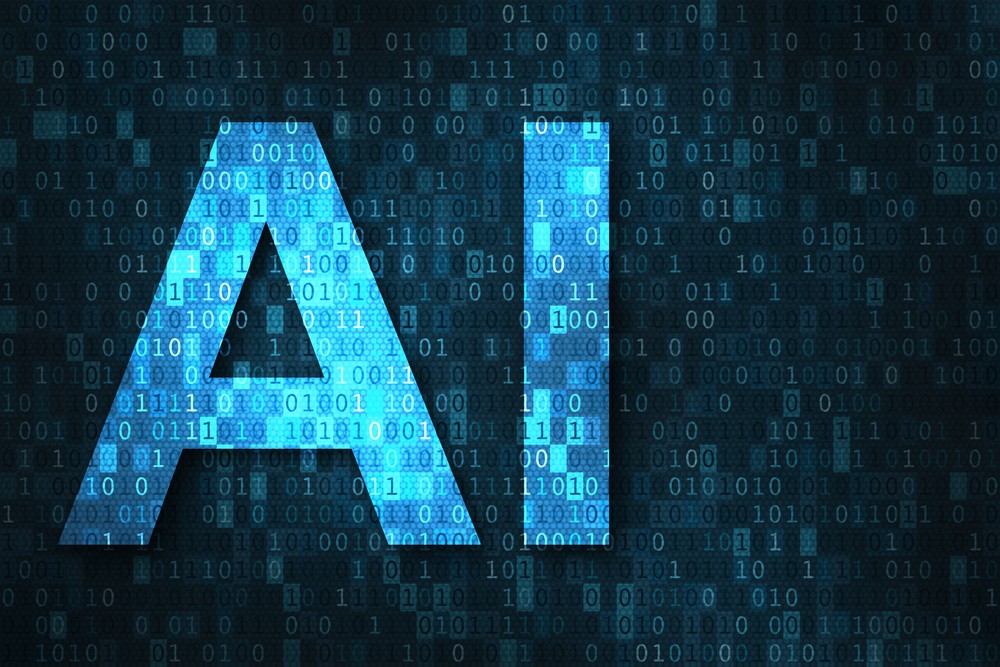Software AG’s TrendMiner has announced the release of TrendMiner 2021.R2. This new release extends the reach of previously released notebook integration, allowing analytics expert-users to make their data model outputs available to the rest of the organisation, giving operational experts better insights. The new multi-variate Anomaly Detection Model allows optimal process conditions to be trained on historical data and the model will be able to detect anomalies on new incoming data. TrendMiner 2021.R2 also now allows self-service integration via webMethods.io. This enables contextual process information from other business applications to be taken into account and workflows in external systems to be triggered through the new Anomaly Detection Model.
Democratise Machine learning, AI and Predictive Models
TrendMiner enables operational experts in process manufacturing industries to analyse, monitor and predict operational performance using sensor-generated time-series data. The goal of TrendMiner has always been to empower engineers with analytics for improving operational excellence, without the need to rely on data scientists. It brings data science to the engineers.
TrendMiner 2021.R2 extends the notebook capabilities of the previous release, enabling them to be operationalised by deploying custom created data models into an embedded scoring/inference engine through use of Machine Learning Model tags. These ‘Machine Learning Model’ tags are available for all TrendMiner users, as if they were tags originating from an enterprise historian or any other time-series data source. All existing TrendMiner capabilities can be applied, such as visualising recent & historical data, searching for patterns or threshold values as well as monitoring using the machine learning model patterns.
Nick Van Damme, Director of Products at TrendMiner commented: “Classical data science depends on bringing process / asset know-how to data science (expert) teams and using their scripting, hacking and parsing skills to come to increased insights, in their expert silo. With the new TrendMiner capabilities we aim at breaking apart the traditional silo-approach and really bring the data scientist in the loop. While crafting the prepared data into something useful for themselves and others, they can work in close collaboration with all other TrendMiner users to contextualise the raw data with operational knowledge. Afterwards they have an easy out-of-the-box way to operationalise their findings within the organisation, empowering others to get better and easier insights.”
Introducing the TrendMiner multi-variate Anomaly Detection Model
The TrendMiner 2021.R2 release now offers a proprietary model for multi-variate anomaly detection via the mentioned notebook and ‘Machine Learning Model’ tags functionality. The TrendMiner Anomaly Detection Model can be trained on a trend view containing normal operating conditions of the process. After learning the desired process conditions, the model will then be able to detect anomalies on new incoming data. The model will return whether a new datapoint is an outlier or not based on a given threshold (anomaly class) or return an anomaly score. The higher the anomaly score, the more likely it is that the datapoint is an outlier.
Self-service Integration for cross data silo collaboration
Factories today are capturing and storing an enormous amount of data directly or indirectly related to the production process. All this data typically ends up in best of breed business applications serving specific operational purposes. All this contextual information residing in various business applications can give new insights for improving operational performance, if the operational experts can actually access that data. With the introduction of the integration add-on powered by webMethods.io within the TrendMiner platform, engineers can now create integrations to crucial business applications themselves. On top of that, the self-service integration via webMethods.io allows workflows to be created across the business applications on premises and in cloud solutions. This can for example be used to notify your colleagues with a MS Teams or Slack message and to simultaneously add a maintenance work request in SAP, when a TrendMiner monitor fires an alert.




